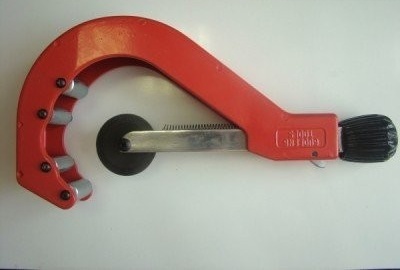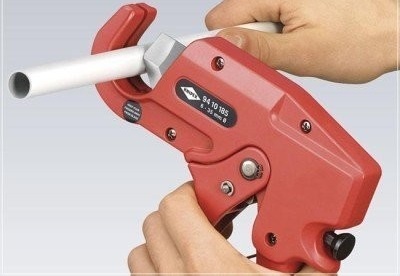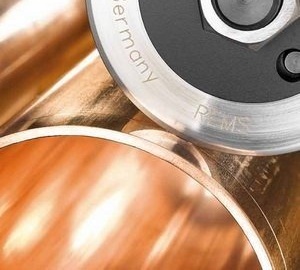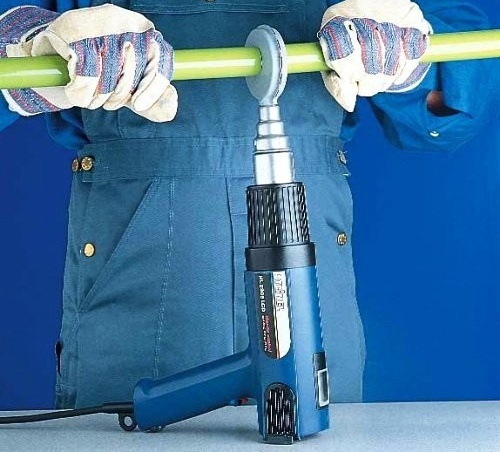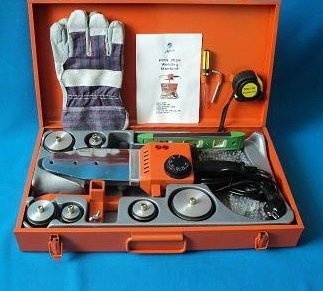Scissors for cutting polypropylene pipes: which to choose and how to use it correctly
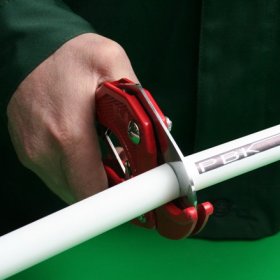
Following the growing popularity of polypropylene pipes used in the installation of water supply systems and other communications, the demand for special tools has also increased. It is especially necessary to carefully select the scissors for cutting polypropylene pipes, simplifying the procurement of individual wiring elements. Polypropylene pipes supplied in coils are used for the installation of underfloor heating. In addition, pipes in the form of straight sections are sold on the market, the length of which reaches 12 meters. When working with polypropylene pipes, it is necessary to have inexpensive welding equipment, which any novice master can learn to use. High strength characteristics of polypropylene allow laying all types of pipelines (closed, open, on the wall).
The choice of cutting tools depending on the diameter of the pipes
Select scissors for cutting pipes made of polypropylene, taking into account the size of their diameter. The material is presented by manufacturers in four categories:
- PN 10 is chosen for installation of cold water supply systems and underfloor heating, in which the temperature of the coolant reaches 45 ° C, while withstanding a pressure of 1 MPa;
- PN 16 is suitable for distributing cold water supplied under increased pressure, as well as for laying central heating pipelines with reduced pressure indicators (1.6 MPa);
- PN 20 is a universal pipe used for installation of both cold and hot water supply, provided that the coolant temperature does not exceed 80 ° C and the pressure is 2 MPa;
- PN 25 is produced with reinforced aluminum foil, due to which the pipe walls can withstand temperatures of + 95 ° C and a pressure of 2.5 MPa. These pipes are ideally suited for the installation of domestic hot water and central heating.
In addition to pipes, manufacturers produce a number of connecting parts made of polypropylene, as well as combined parts equipped with brass pressed-in inserts with external or internal thread, which allows you to easily switch to metal. When choosing the type of polypropylene pipes, the water pressure and its temperature are taken into account, since the pipeline service life depends on these characteristics.
Important! Only professional models of cutting tools are able to cope with cutting pipes, regardless of their diameter and wall thickness.

A set of welding equipment for soldering polypropylene pipes, as a rule, contains scissors for cutting products
Four main types of tools
All manufactured equipment for cutting pipes made of polypropylene can be divided into several groups.
- Precision scissors equipped with ratchet mechanism are designed for cutting products with a diameter of 3 to 42 mm. This type of cutting tool has a steel blade with a gear rack, which makes it easy to cut the pipe.These scissors can be easily controlled with one hand, but with large volumes of cutting muscle fatigue occurs. When buying a tool, a one-year warranty is given, which applies to the intended use of scissors for their intended purpose.
Roller pipe cutter is more convenient to use. Despite the simplicity of its design, the master manages to get a perfectly even cut. At the same time, pipes are cut at an angle of 90 degrees. Deviation from the right angle during the cutting process can lead to deformation of the cut line, as well as to damage to the scissors. Roller pipe cutters can be telescopic. An instrument equipped with a ratchet mechanism is more like ordinary scissors. On one side of this pipe cutter there is a c-shaped recess in which the pipe is placed. On the other hand, there is a cutting blade that cuts off the pipe after simply closing the handles.
- Cordless pipe cutter provides high cutting speed, allowing you to spend on one operation no more than 7 seconds. The equipment drives a small electric motor.
- Guillotine pipe cutter is used for cutting large diameter pipes, varying from 63 to 350 millimeters.
Important! If you do not have a special tool for cutting polypropylene pipes, then use a hacksaw for wood or metal. However, remember that this can damage the polypropylene pipe. In addition, the cut has to be cleaned from the resulting chips and burrs, which takes additional time.
Quick repair of thawed sections of the pipeline
The main advantage of polypropylene products over metal analogues is their high resistance to tearing during freezing. This property is valued at suburban facilities that suffer from interruptions in the supply of electricity and gas.
If a defect occurs in a separate section of the pipeline, it is cut out and replaced with a new piece of polypropylene pipe. At the same time, shears for cutting plastic pipes facilitate the repair process of the system, which takes no more than an hour.
When choosing scissors for cutting polypropylene products, pay attention to the manufacturer. When operating the purchased tool, follow the recommendations given by the manufacturer on the permissible diameter of the pipes being cut, as well as on their correct location relative to the cutting line.
